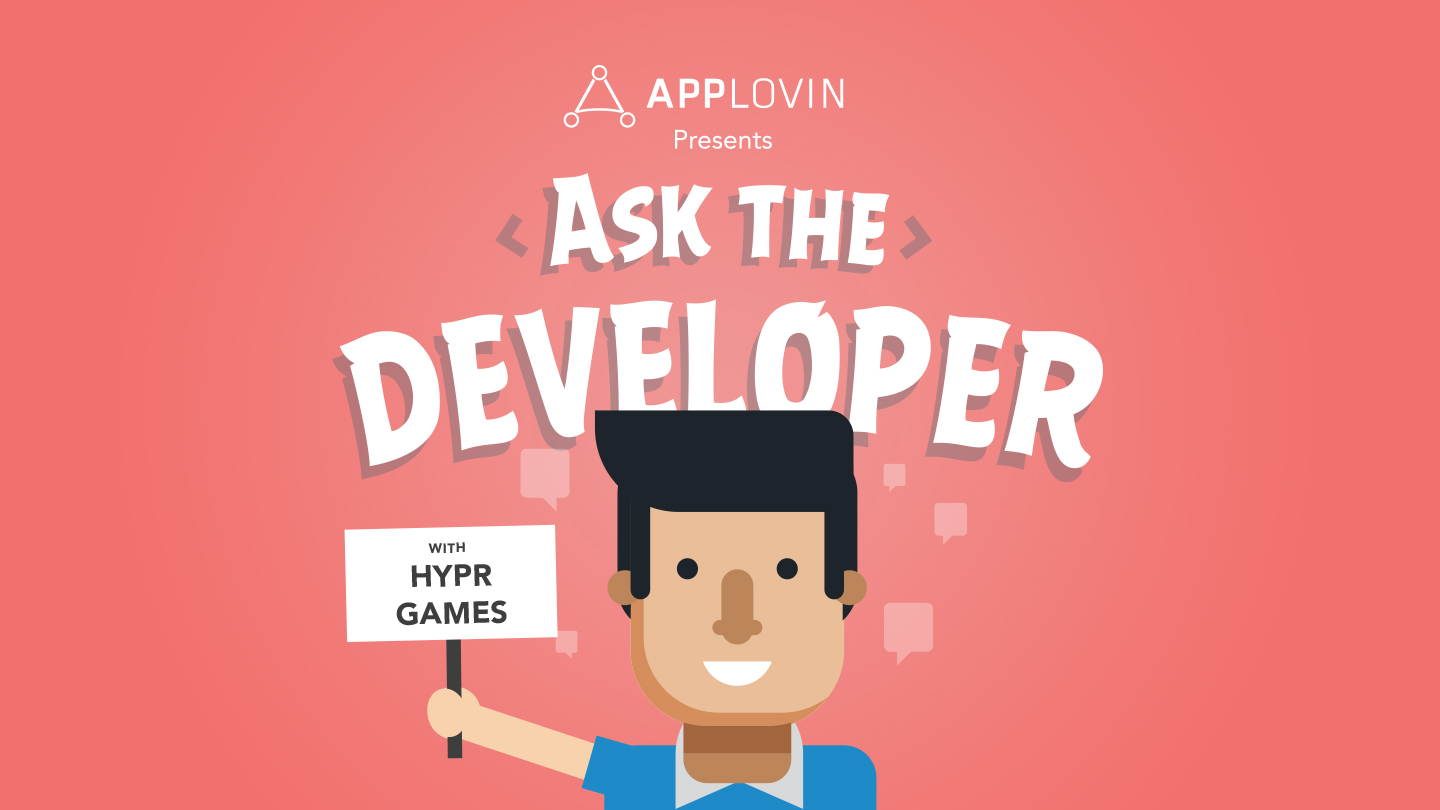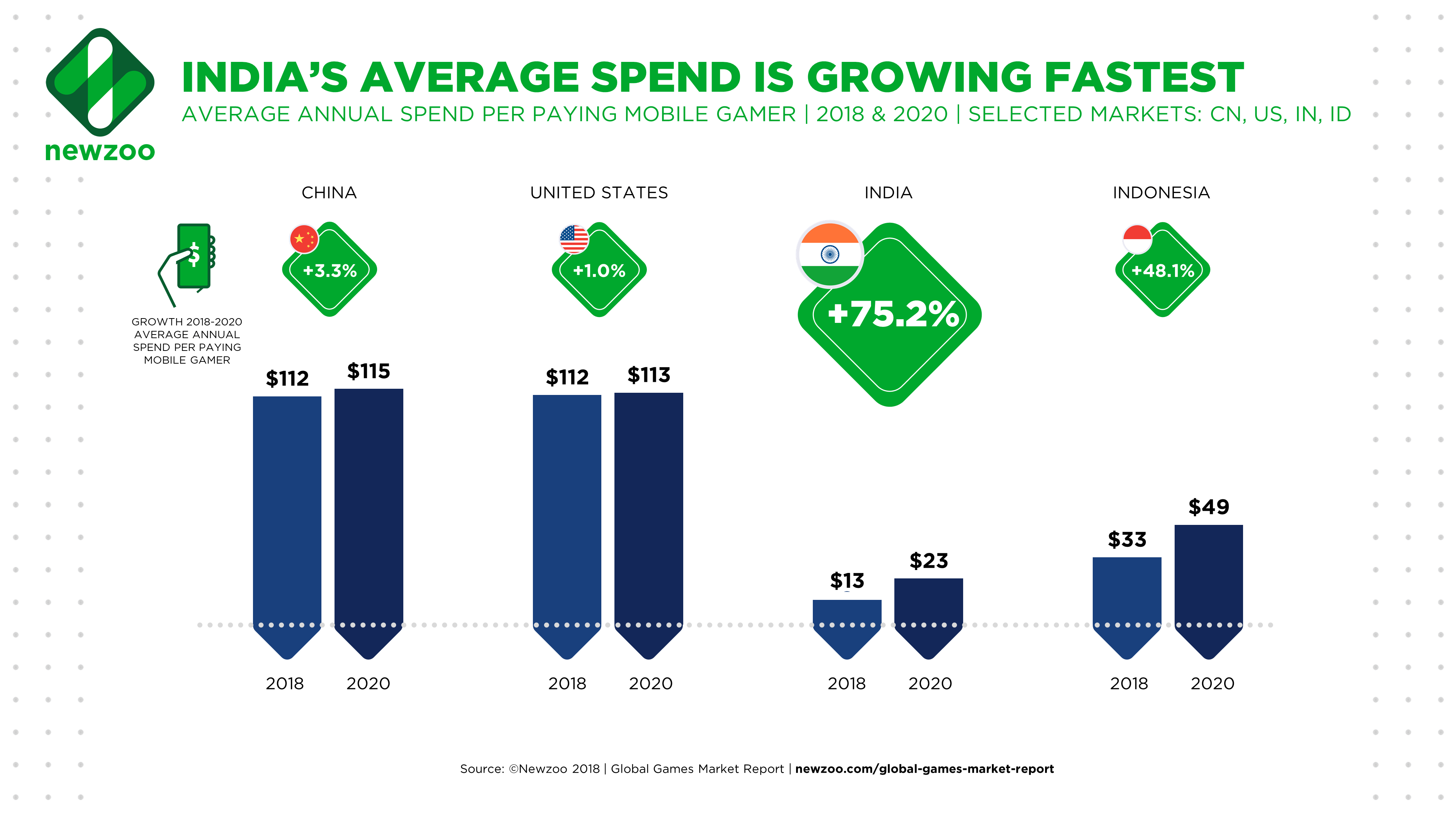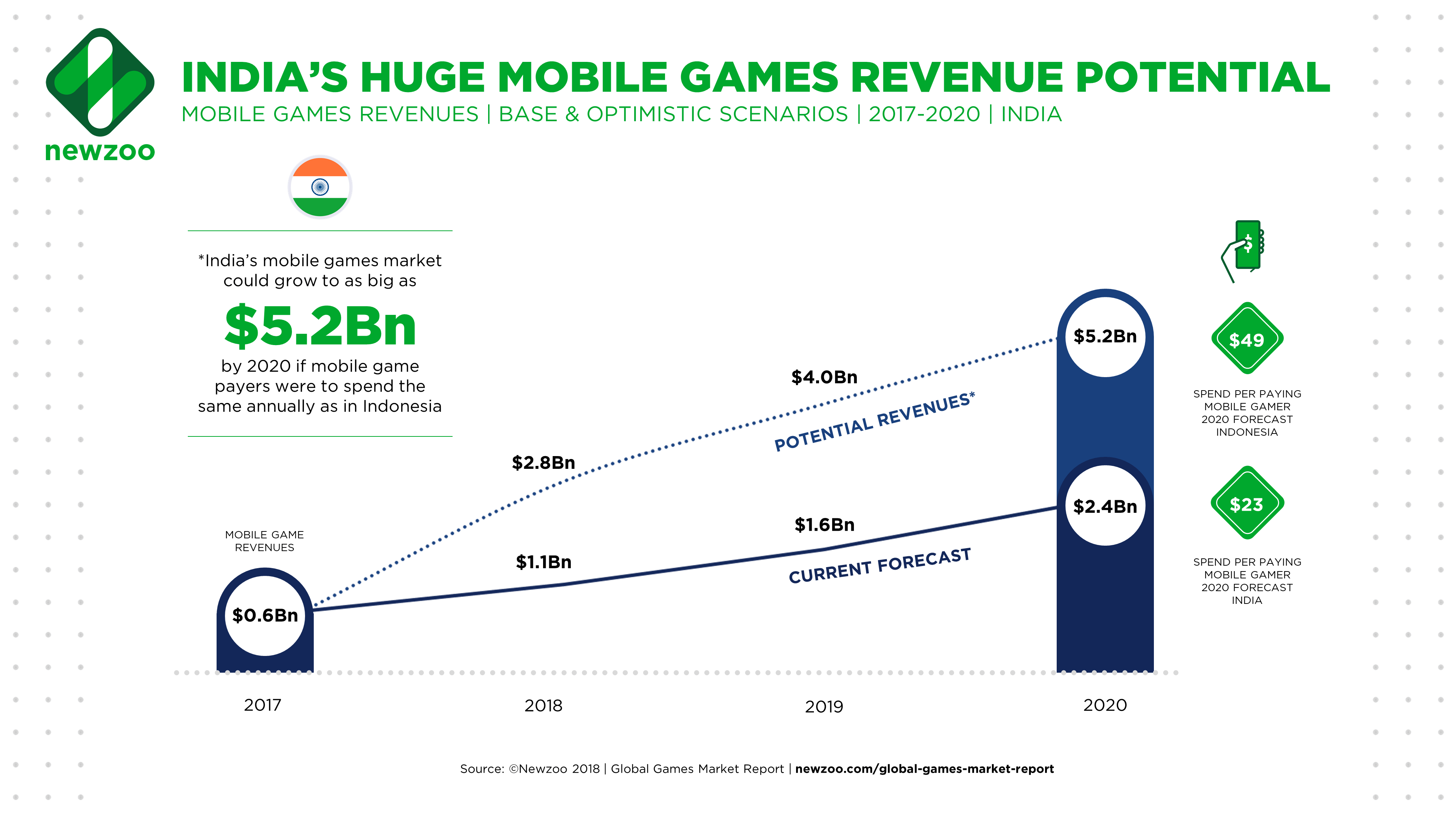Gaming, Mobile App Growth
Ask the Developer: Hypr Games on the potential of hyper-casual games in India and abroad
May 1, 2019

Gaming, Mobile App Growth


Abhishek Buchvani, Vice President, Hypr Games
Tell me a little bit about your background. How did you get started in games development?
My name is Abhishek Buchvani and I am Vice President at Hypr Games, a game division of U2opia Mobile. Prior to that, I was a co-founder at Cosi Games and worked with major game publishers like Miniclip and Gameloft.
I started building games 13 years ago and became obsessed with it. Game development was very different back when I first started developing mobile games, I remember using keypads and styluses. I worked with a dozen top game developers in India and Singapore in various roles like designer, product manager, and business lead. At Miniclip, I produced and managed free-to-play sports games, with one of our titles, Bowling King, becoming one of the top 10 grossing titles on Google Play and the App Store with more than a million daily active users. This led me to start my own game publishing business, Cosi Games, which focused on developing and publishing our own games featuring famous athletes like Pele, Muhammed Ali, David Villa, and Cristiano Ronaldo. We bootstrapped the company in 2016, managed to build a talented game development team in India and the US, and clocked over 20 million downloads in two years.
In late 2018, I started Hypr Games, a game development and publishing arm of U2opia Global Group. Our vision is to build high quality, lightweight, and hyper-casual social games for a global audience on mobile platforms including Facebook Messenger. We also help Western developers publish games in India through the help of our strong local presence and expertise in monetization, marketing, and growth.
The Indian games industry is growing rapidly, with behemoths like Alibaba-backed Paytm, Tencent, Youzu, and Nazara investing in it. Estimates suggest that India’s mobile games market will be worth $1.1 billion by 2020. What are your thoughts about the current mobile game market in India?
India’s gaming market grew significantly in the last two years, mainly due to the rise in affordable smartphones and data plans. In India, there are approximately 500 million smartphone users with about 60% of them playing games regularly on their phones. There is a large percentage of users who are being exposed to gaming for the first time via smartphones. We see massive potential in the market, which has low barriers to entry and a large number of English-speaking users.
At Hypr Games, we are bullish about the [Indian] market and are investing heavily to provide Western developers with end-to-end support, which includes payments, distribution, marketing, and growth.
What makes the Indian market different from other mobile games markets?
The sheer volume [of users], a large English-speaking and young audience, and low barriers to entry. You are almost targeting a tenth of the world’s gamers in the world’s second largest market in terms of smartphone users. I see the Indian mobile gaming market as in line with China’s gaming market three years ago, not taking into account cultural barriers. India has a mobile-first culture with 90% of games revenue generated by mobile. India’s annual mobile games revenue is forecasted to grow to $2.4 billion in 2020. This makes India the fastest-growing mobile games market in the world by overall revenue. Yet, even with this impressive growth, the average revenue per paying user (ARPPU) in India, even by 2020, is far lower than other emerging countries.

Source: Newzoo

Source: Newzoo
Hyper-casual games are the latest exciting genre to take shape in the mobile gaming world. They have been a hit in the Western world over the past couple of years, but Asia, and particularly China, is just beginning to follow this trend. What made you decide to create hyper-casual games?
In India, the majority of smartphone users are first-time gamers who enjoy playing casual games like Fruit Ninja, Candy Crush, Subway Surfers, or popular social casino games. Casual games are always on the top downloaded chart in the Google Play store. Hyper-casual as a genre still needs to catch on in Asia and we’re seeing an early, positive trend in China.
Compared to mid-core games, hyper-casual games are simple to develop and launch, allowing devs to quickly prototype and see what works. How has your production strategy helped scale your business? Any success stories you would like to share?
Hyper-casual games are way simpler to develop and iterate. However, they are not easy to get right from the start. The majority of the effort goes into producing a fun and engaging core game loop that makes players come back for bite-sized fun. We believe in focusing on building fun and engaging core gameplay, making the game replayable without focusing on metagame or monetization first. When we are happy with the core mechanics, we test KPIs (retention, sessions, and first-time user experience) and marketability (measured via cost per install). These early KPIs help us to iterate and improve the game by focusing on improving KPIs that are easily measured. The hyper-casual game publishing process is way different than mid-core or hardcore games with a “release-early-and-fail-fast” approach. Production, iteration, and soft-launch periods are relatively shorter as well.
Is it necessary for developers to work with a publisher? How is publishing mobile games in India unique?
Publishing in India is relatively easy compared to China. However, it is not as simple as putting your games in the app stores. You need to work with the right publisher or a local partner who can help your game grow, maximizing users and revenue. You need to find a publisher who has a strong presence in the market and helps establish local partnerships for marketing, payments, social media, and manages relationships with the app stores.
At Hypr Games, we recently published Oddbods Turbo Run in India, which is a game based on an anime IP. We are committed to making this [game] a huge success with our long-term presence in the local market, marketing investment, and in-house monetization expertise. We also have the added advantage of being backed by U2opia Global Group, which has been in the mobile digital business over nine years with successful consumer-focused businesses in India and other markets.
What advice would you have for developers looking to get into the India market?
Work with us. Like other markets, India has unique challenges and opportunities. I advise choosing your local partner wisely by picking one who can help you understand the market to minimize your learning investment, giving you the best chance at success.
What’s your biggest challenge and how are you tackling it?
Our biggest challenge is striking a balance between product quality and the time it takes to release to the market. Our talented team is well-equipped and not afraid to experiment with a “build fast, fail fast” approach that empowers us in many ways during the creative process of making games. The main focus is always to hire great talent, build a realistic roadmap, and keep our focus on long term goals.
What’s in the future for Hypr Games? What other hyper-casual games are you guys working on?
We are focused on developing and publishing high quality, lightweight, addictive social games for mobile and instant platforms for a worldwide audience. We have seen a paradigm shift in user behavior, content consumption, and new opportunities with distribution platforms.
Our two-fold strategy to develop in-house games for mobile and instant platforms while providing developers support to publish and distribute games in India makes us unique. We aim to double down on our strength in helping businesses produce super engaging games for their audience.